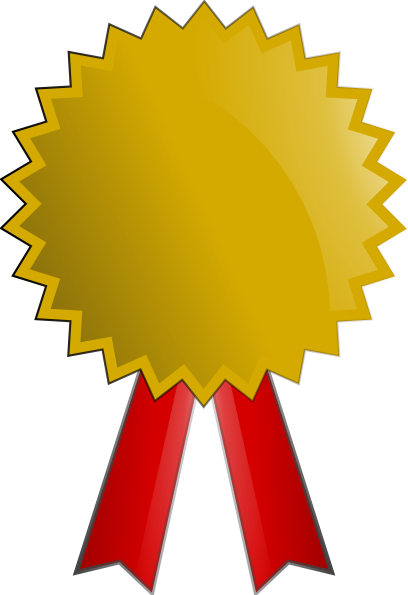Team:ETH Zurich
From 2013.igem.org
(Difference between revisions)
| Line 34: | Line 34: | ||
<li><b><br>The Model</b><br><br>As our bio-game is based on processing the AHL concentration in the non-mine colonies, the diffusion of AHL in the agar is vital to the system. The diffusion was modeled by carrying out simulations to determine the time and distance of diffusion. We also modeled synthesis, regulation and degradation reactions of the proteins involved in our genetic circuits. To account for both processes: diffusion and reactions; we developed a spatio-temporal model in two dimensions comprised by three modules: mines, receivers, and the agar plate. Finite element methods were used to solve the system of partial differential equations (PDEs). Our model turned out to be very valuable in the circuit refinement and the design of experiments. Moreover, we continually improve out model by incorporating parameters from our own experimental data. | <li><b><br>The Model</b><br><br>As our bio-game is based on processing the AHL concentration in the non-mine colonies, the diffusion of AHL in the agar is vital to the system. The diffusion was modeled by carrying out simulations to determine the time and distance of diffusion. We also modeled synthesis, regulation and degradation reactions of the proteins involved in our genetic circuits. To account for both processes: diffusion and reactions; we developed a spatio-temporal model in two dimensions comprised by three modules: mines, receivers, and the agar plate. Finite element methods were used to solve the system of partial differential equations (PDEs). Our model turned out to be very valuable in the circuit refinement and the design of experiments. Moreover, we continually improve out model by incorporating parameters from our own experimental data. | ||
</li> | </li> | ||
| - | <li><b><br>Experimental Results</b><br><br> Diffusion experiments were performed to determine the time and distance of AHL diffusion between colonies in the agar mine-grid. A symbiotic relation between experiment and model proved to be beneficial. As proof-of-principle, we set up diffusion experiments using GFP as reporter. The LuxR promoter from registry was mutated to obtain a library of P<sub>LuxR</sub> promoters with different sensitivities in order to distinguish different AHL levels. Initial tests suggested | + | <li><b><br>Experimental Results</b><br><br> Diffusion experiments were performed to determine the time and distance of AHL diffusion between colonies in the agar mine-grid. A symbiotic relation between experiment and model proved to be beneficial. As proof-of-principle, we set up diffusion experiments using GFP as reporter. The LuxR promoter from the registry was mutated to obtain a library of P<sub>LuxR</sub> promoters with different sensitivities in order to distinguish different AHL levels. Initial tests suggested leaky reporter expression in the uninduced colonies. As a solution to this problem, we use glucose to shut down the P<sub>lac</sub>promoter and a positive feedback loop using lacI under the P<sub>LuxL</sub> promoter. Meanwhile we characterize the biobricks using Michealis-Menten kinetics and flow cytometry. |
</li> | </li> | ||
| - | <li><b><br>Human practice</b><br><br>We analyze the concept of gamification in synthetic biology, describing many examples where common games are played in a new way or where games are used as research tools. We discuss possible consequences for | + | <li><b><br>Human practice</b><br><br>We analyze the concept of gamification in synthetic biology, describing many examples where common games are played in a new way or where games are used as research tools. We discuss possible consequences for synthetic biology and show how Colisweeper could be used for awareness raising. For this purpose we designed a Colisweeper Laboratory Course Kit and we propose an idea of a web-based Colisweeper platform enabling people from across the world to play against each other using a remotely controlled robot. |
</li> | </li> | ||
| - | <li><b><br>Team</b><br><br>We are a team of seven highly motivated Bachelor- and Master Students at ETH | + | <li><b><br>Team</b><br><br>We are a team of seven highly motivated Bachelor- and Master Students at ETH Zurich pursuing various fields such as Biotechnology, Biomedical Engineering, Neurobiology and Bioinformatics. The iGEM project is carried out at one of the youngest departments of ETHZ located in Basel-Department of Biosystems Science and Engineering - flourishing in interdisciplinary biological research. If you're around Basel, make sure to visit our team's lab to play the bio-game Colisweeper! |
</li> | </li> | ||
</ul> | </ul> | ||
Latest revision as of 01:49, 29 October 2013
 "
"















